Description
Sweaters can be made from a wide range of materials, each with different qualities suited for warmth, comfort, durability, and style. Here are some common materials used to make sweaters:
1. Wool
- Common types: Merino wool, cashmere, lambswool, alpaca.
- Properties: Naturally insulating, breathable, moisture-wicking, and soft (especially Merino and cashmere). Wool is excellent for warmth and is often used in cold-weather sweaters. Cashmere is particularly luxurious and soft but is more expensive.
- Uses: Cold weather, casual wear, and luxury sweaters.
2. Cotton
- Properties: Soft, breathable, and lightweight. Cotton sweaters are more suitable for milder weather and are comfortable against the skin, but they don’t offer as much insulation as wool.
- Uses: Casual wear, layering pieces for spring or autumn, and lightweight sweaters.
3. Acrylic
- Properties: Lightweight, soft, and affordable. Acrylic sweaters can mimic the feel of wool but are often more durable and less expensive. However, they can be less breathable and prone to pilling.
- Uses: Budget-friendly sweaters, fashion pieces, and blends with other fibers.
4. Cashmere
- Properties: Extremely soft, lightweight, and warm. Cashmere is considered a luxury fiber and is known for its fine texture and exceptional warmth despite being lightweight. It can be more delicate and requires careful care.
- Uses: High-end, luxury sweaters and accessories.
5. Alpaca
- Properties: Soft, hypoallergenic, and warmer than wool. Alpaca fibers are lighter, silkier, and more durable than sheep wool, with excellent insulation properties.
- Uses: High-end sweaters, especially for cold climates.
6. Nylon
- Properties: Often blended with other fibers like wool or cotton to add strength and durability. Nylon provides elasticity and helps the sweater hold its shape.
- Uses: Blended fabrics for durability, activewear, and outdoor sweaters.
7. Polyester
- Properties: Synthetic fiber that is durable, lightweight, and moisture-wicking. Often blended with natural fibers like cotton or wool to increase durability and reduce shrinkage or pilling.
- Uses: Casual or athletic sweaters, and performance sweaters (e.g., moisture-wicking fleece).
8. Fleece (Polyester-based)
- Properties: Soft, warm, and insulating. Fleece is often made from recycled polyester and provides warmth without being too heavy. It’s lightweight and moisture-wicking.
- Uses: Outdoor wear, casual sweaters, and performance sweaters for colder conditions.

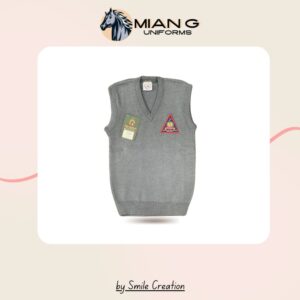
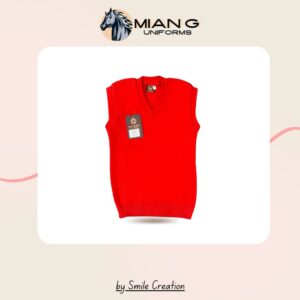
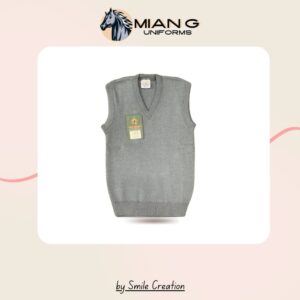
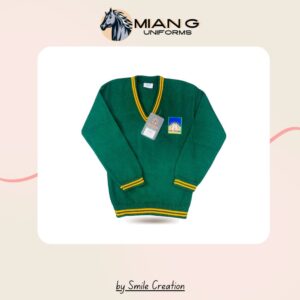
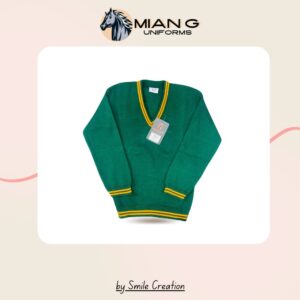

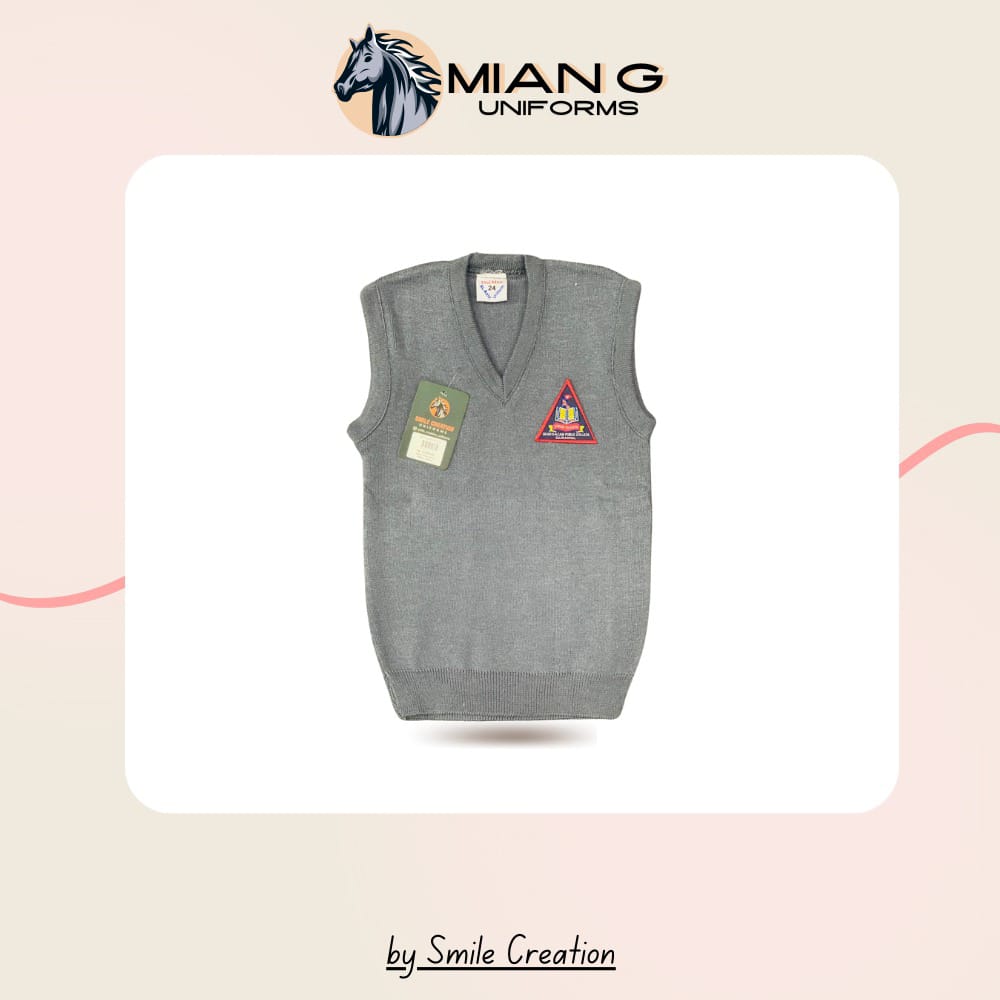
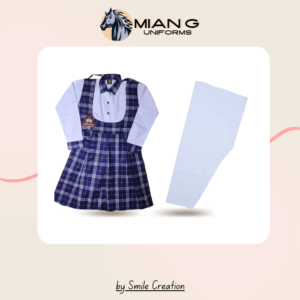
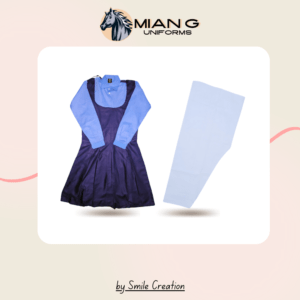
Reviews
There are no reviews yet.